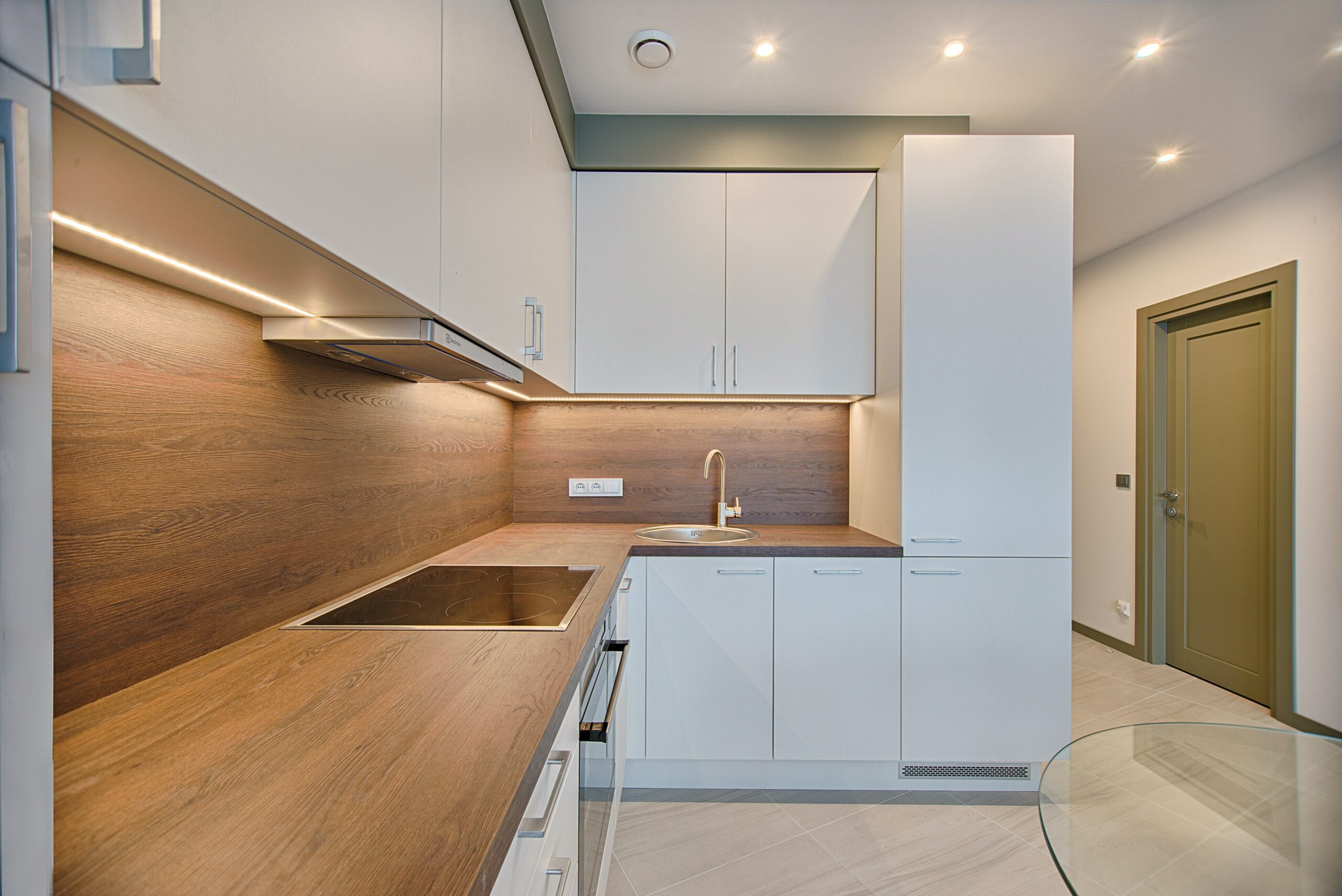
This is a question that often comes up when discussing home renovation projects. The answer, unfortunately, is not as straightforward as one might hope. While cabinets do technically count as doors, they are not always included in door counts for pricing or other purposes. This can make it difficult to know how to budget for a project that includes both cabinets and doors.

One way to think of it is that cabinets are usually counted as doors when they are the only door in the room. For example, if you have a kitchen with one door leading into the room, that door would likely be counted as a cabinet. However, if you have a kitchen with multiple doors leading into the room, those doors would likely not be counted as cabinets. This is because cabinets are typically only counted as doors when they are the sole door in the room.
Another way to think of it is that cabinets are sometimes included in door counts and sometimes they are not. It all depends on the project and what else is being included. So, if you’re unsure whether or not your project will include cabinets in the door count, it’s best to ask upfront. This way, you can be sure to budget accordingly.
The best way to determine whether or not cabinets will be counted as doors for your specific project is to ask the contractor or designer you are working with. They will be able to give you a more accurate estimate of the cost of the project and help you plan accordingly.

In general, however, it is safe to assume that if a project includes both cabinets and doors, the door count will be higher than if the project only included cabinets. This is because doors are typically larger and more complex than cabinets, and thus require more time and effort to install. As such, they usually cost more than cabinets do.
If you are planning a home renovation project that includes both cabinets and doors, be sure to ask your contractor or designer about door counts so that you can accurately budget for the project. With a little planning and foresight, you can ensure that your project stays on track and within budget.
Is the cabinet the same as the door?
This is a great question that doesn’t have a definitive answer. Some people say that cabinets are doors, while others argue that they are not. Ultimately, it is up to the individual to decide whether or not they consider a cabinet to be a door.

There are a few factors to consider when making this decision. For example, some cabinets have hinges and can be opened and closed like a door, while others are permanently attached to the wall and cannot be opened. Additionally, some cabinets are used to store items, while others are purely decorative.
Ultimately, the decision of whether or not to consider a cabinet as a door is up to the individual. There is no right or wrong answer, so go with whatever you feel makes the most sense to you.
What is the difference between a cabinet and a door?
A cabinet is a type of furniture that typically has doors and shelves, used for storing items. A door is a movable barrier that opens and closes to allow people and things to pass through. So, do cabinets count as doors? While technically they are not the same thing, in practical terms, they both serve the purpose of providing access to an enclosed space. Therefore, for many purposes, such as measuring the square footage of a room or counting the number of doors in a home, cabinets can be considered as doors.

Cabinets and doors are both types of storage units that can be found in homes and businesses. Both come in a variety of styles and sizes to suit the needs of the user. Cabinets are typically used to store items such as dishes, silverware, or other kitchen supplies, while doors are often used to provide access to rooms or outdoor areas. While both cabinets and doors serve similar purposes, there are some key differences between them.
One key difference between cabinets and doors is the material they are made from. Cabinets are typically made from wood, while doors can be made from wood, metal, or glass. This means that cabinets are usually more durable than doors. Another key difference is the way they open. Cabinets typically have doors that swing open, while doors can either swing open or slide open. This means that cabinets take up more space than doors when they are open.
So, do cabinets count as doors? While they serve similar purposes, there are some key differences between cabinets and doors. Cabinets are typically made from wood, while doors can be made from wood, metal, or glass. This means that cabinets are usually more durable than doors. Another key difference is the way they open. Cabinets typically have doors that swing open, while doors can either swing open or slide open. This means that cabinets take up more space than doors when they are open. Because of these differences, cabinets do not typically count as doors.
Counting Cabinets as Doors
This is a difficult question to answer, as it depends on the specific situation. In general, however, cabinets do not count as doors for most purposes. For example, when calculating the number of doors in a room for fire safety purposes, cabinets are not typically included.

However, there may be some instances where cabinets do need to be counted as doors, such as for security purposes or building code requirements. If you are unsure, it is best to consult with an expert in the relevant field to determine if cabinets need to be counted as doors in your specific case.
Similarly, when measuring the size of a room for other purposes, such as determining square footage, cabinets are also not typically included. However, there may be some exceptions to this general rule, so it is always best to check with the relevant authorities in your specific situation.
Thank you for reading! We hope this article was helpful. If you have any further questions, please do not hesitate to reach out to us.
Have a great day!
